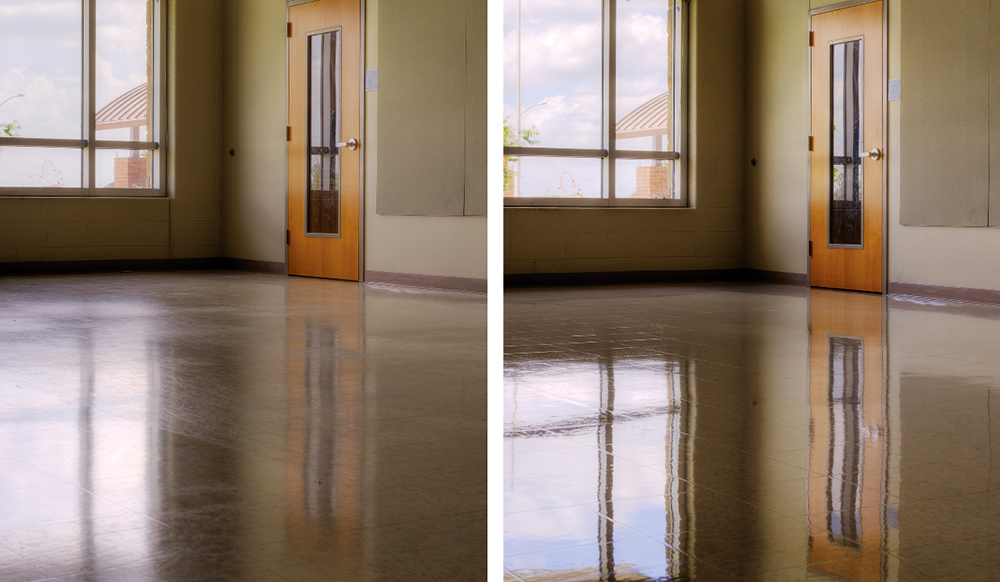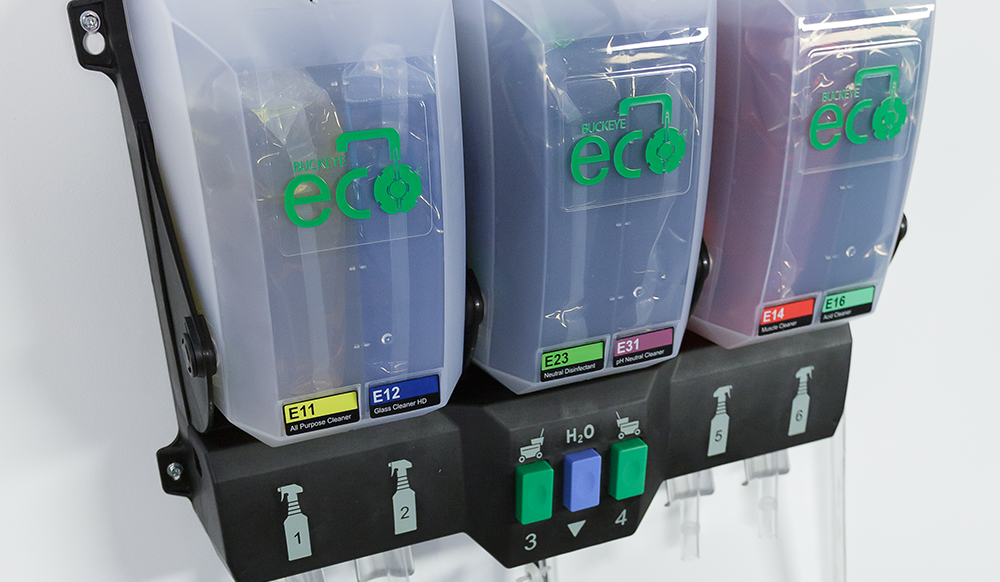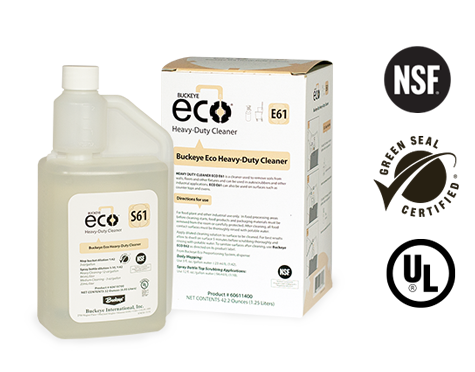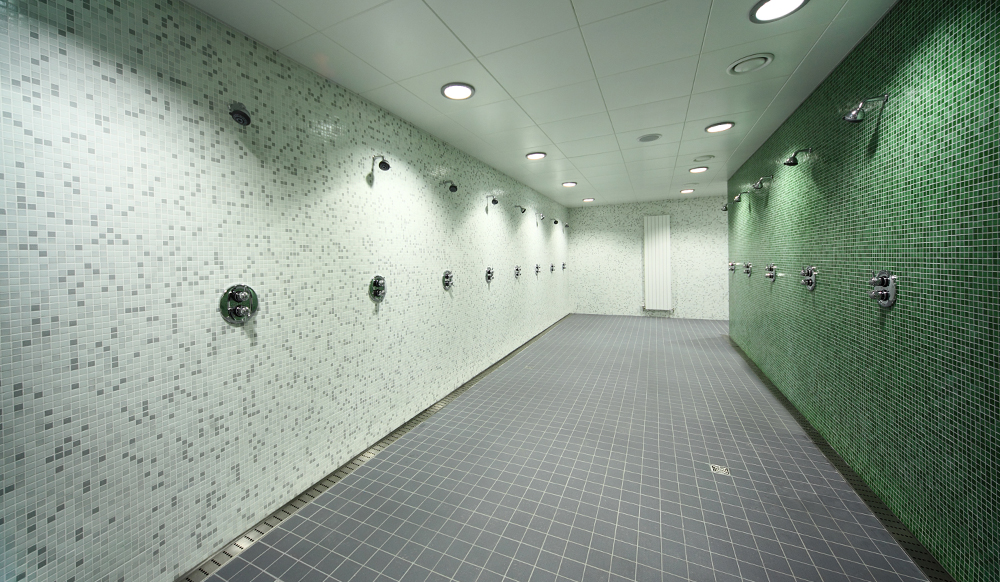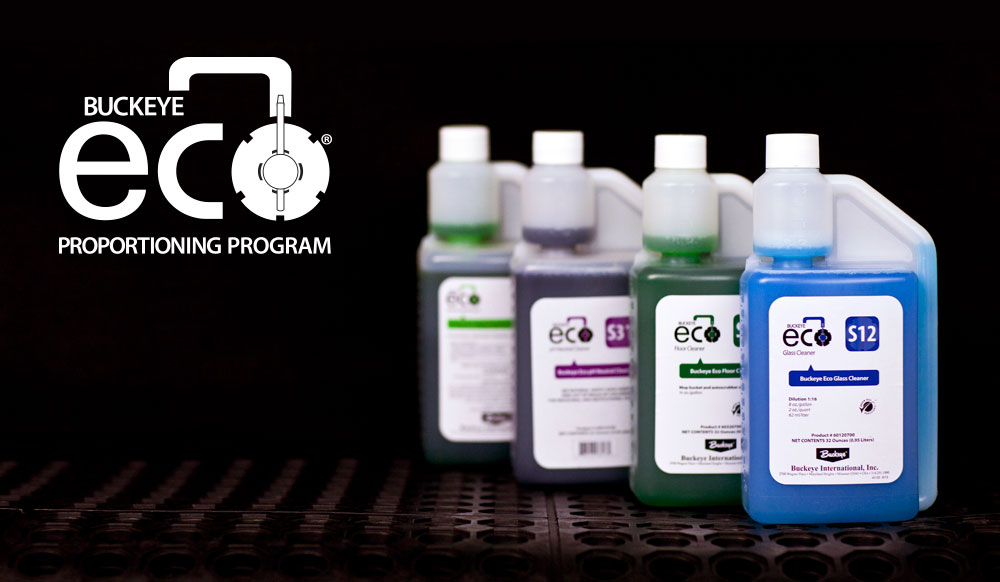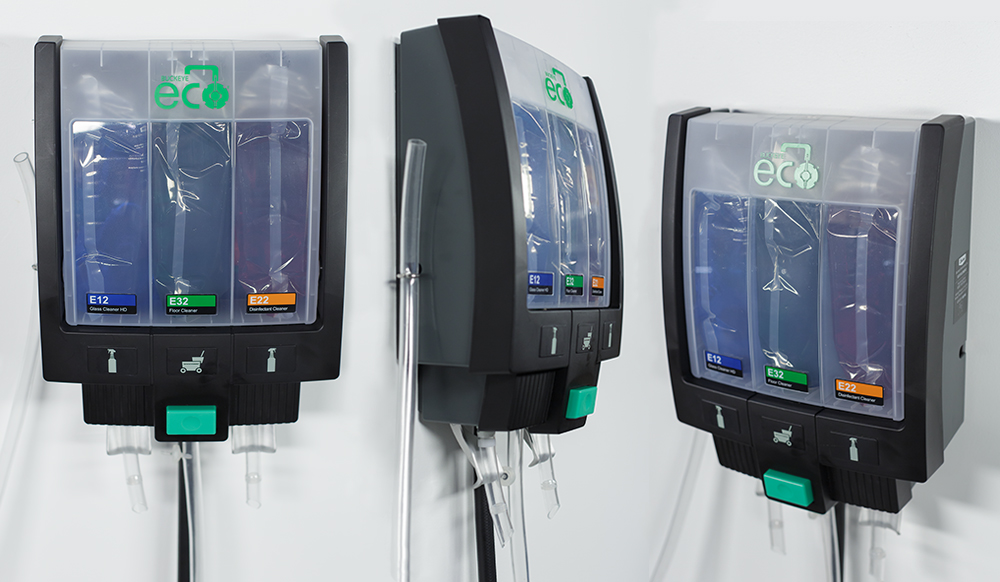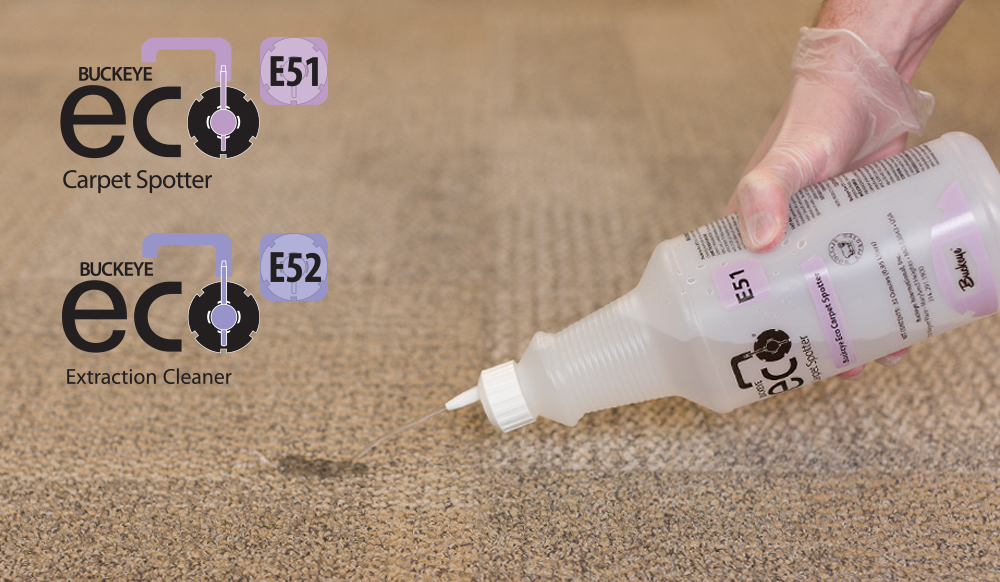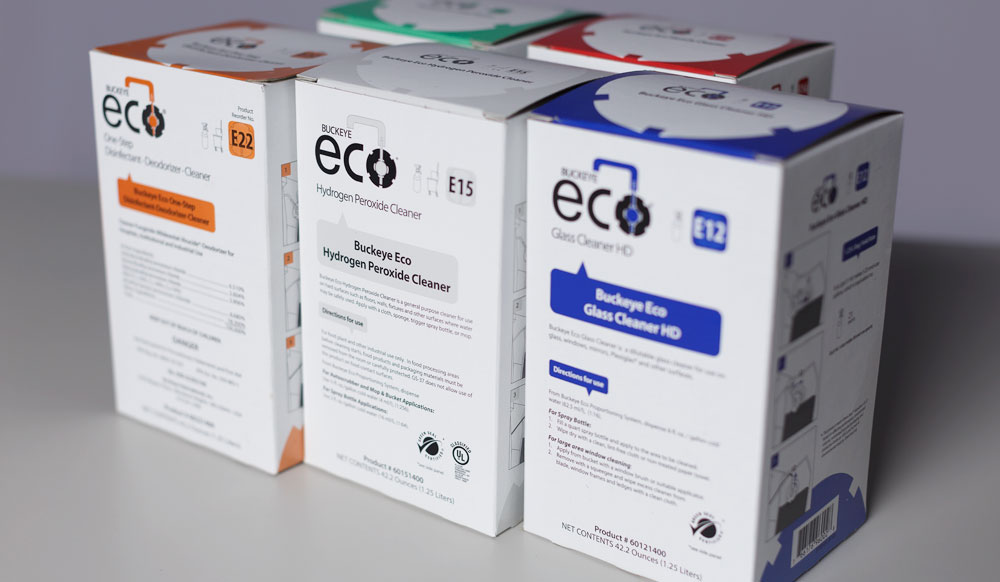This is a question that is, unfortunately, familiar to many people in the cleaning industry.
With floors, dirt is transported from a floor to a mop head, then to a wringer, a bucket, and then a drain. If what you use to pick up the dirt is not absorbent, your floors will look filmy.
Many times, the applicators used to clean a floor are wetted with a cleaner and that cleaner is rubbed around on the floor. This leaves a layer of water, plus detergents and dirt behind. To prevent this, thoroughly dry the microfiber or flat mop before using it so it transports dirt back to the bucket.
Here is one way to demonstrate the effectiveness of a cleaning tool, string mop or flat mop, to clean an area:
- Allow the string mop or flat mop to dry.
- Place a very white gym sock over one of your hands.
- Moisten the gym sock with warm water and squeeze out as much water as you can.
- Rub your hand on a section of the floor and inspect the sock.
A very sloppy wet mop head leaves so much solution behind that it takes a long time to dry, no doubt leaving dirt behind – this is the most common situation where a floor is left looking filmy.
Next, gently rub that area with a soft cloth. Then wipe up the water with a clean cloth, and reapply the quarter sized drop of water. This time, the water will bead up since there is no detergent present to help it wet out.
If your filmy floor issue still persists there could be a different problem. In some cases, the cleaning compound may attack the floor finish, leaving it dull. This can be caused by using aggressive cleaners like pH degreasers or floor strippers, or even from the use of moderate pH cleaners such as all-purpose cleaners.
Normally, Buckeye Blue diluted at 2 ounces per gallon and mopped on a floor does not attack floor finish. Buckeye Blue can attack a floor finish, however, when the floor is being mopped and solution is left behind on the floor heavy enough that it takes a long time to dry.
During that soak time, the pH of the solutions slowly rise as the water evaporates and, as the water evaporates, the concentration of the active ingredients become stronger and stronger until the last 30-40 seconds of dry time.
You can also use Straight-Up® pH Neutral Cleaner to prevent filmy floors. The chemistry in the true pH neutral cleaner does not suffer a pH spike no matter how long it is diluted or how long the solution takes to dry. Just remember that even though filmy floors can be a nuisance to deal with, they can easily be fixed with simple changes. If you have questions about the chemicals you are using, contact your Buckeye representative.
